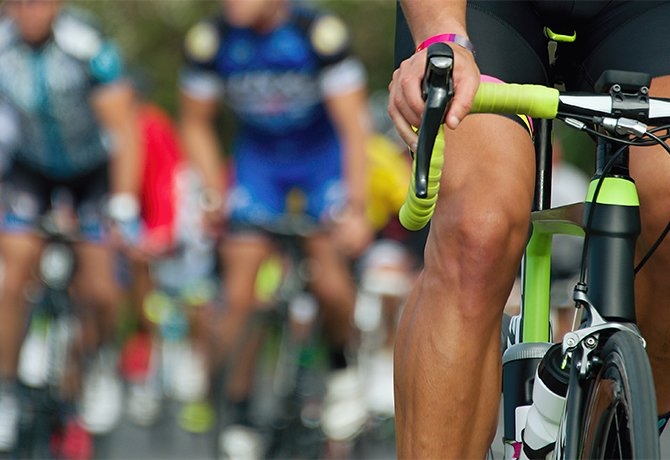Triathlon is a sport that can get obsessive about gear and aero. “Aero is everything” when it comes to the bike portion of the race, they say. If you don’t have the tightest lycra tri suit matched with the industry-leading deep-dish carbon rims and space-age tire compounds, you’re just missing the boat entirely.
It’s all too easy to get caught up in the spending race to display your athletic acumen on two wheels. For starters, simply keeping whatever bike you have clean is important. Roadies, athletes who primarily ride road bikes and would scoff at the idea of running after a good long bike ride—or perish the thought of a workout in the pool!—have a, let’s say, nuanced view of the aesthetics of road cycling. While it can get extreme at times (don’t get me started on appropriate sock length), it certainly stands to reason that if you want the most enjoyable ride possible, one ought to start with a clean set of wheels.
If it’s not raining and you didn’t ride through any mud, all it takes is a shop rag and a spray or two of Muck Off bike cleaner or something similar and off you go. To boot, a clean bike is more aero, so both the roadies and triathlete nerds will be happy with you for adhering to a certain quality of bike cleanliness.
Now, if the old bike you found in the backyard is so caked in mud you can hardly make out the brand of bicycle, or even from a distance that it’s a bike at all, a thorough cleaning is in order to remind the bike who she is and that she is not destined to exist with no other purpose than to facilitate oxidative reactions on her rusting frame.
We need to feel like we are a part of a story to understand who we are. We experience good storytelling in a religious sense. We’re taken outside of ourselves to participate in something grand, something powerful and meaningful beyond ourselves. That sense of story tells us which character we play in that story. And how our actions affect other characters in the story.
We are born into a story and teach our kids stories as a primary means of learning. We watch stories of others to inform how we ought to behave ourselves.
As we’re teaching our kids through stories, we may have to prepare for an incessant barrage of “But why?” questions from them. The answer often boils down to an explanation something akin to, “Because that’s the way it is.”
What do we mean by “it”? “It” is the story we occupy and act out in the world. “It” is the reason children will play dress up and pretend that heavily defended castles and dragons and damsels in distress are real challenges to overcome. That these adventures are real and they have a piece to play.
They’re practicing for real life. That’s play, that’s a game, that’s a narrative we tell about ourselves and the world. That’s “it.”
So how do we lose that sense of being in a story from when we were children? Often, it’s when our sense of that coherent story, and all the rules that provide a framework for the game we play within that story, is irrevocably broken.
And the old bike rusts without a ride.
This is called a moral injury. How we respond to this injury can either serve to deep clean and sandblast our old bike frame, or shove us further into the mud away from the light.
Next time, we’ll explore the relationship between what happens when our stories take an unexpected left turn and what happens in our bodies as a result.
See you then.

